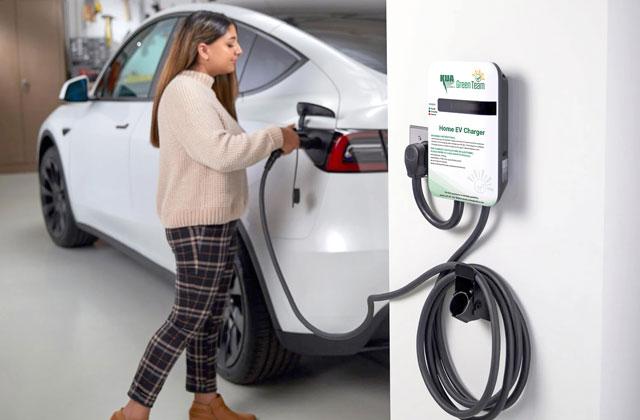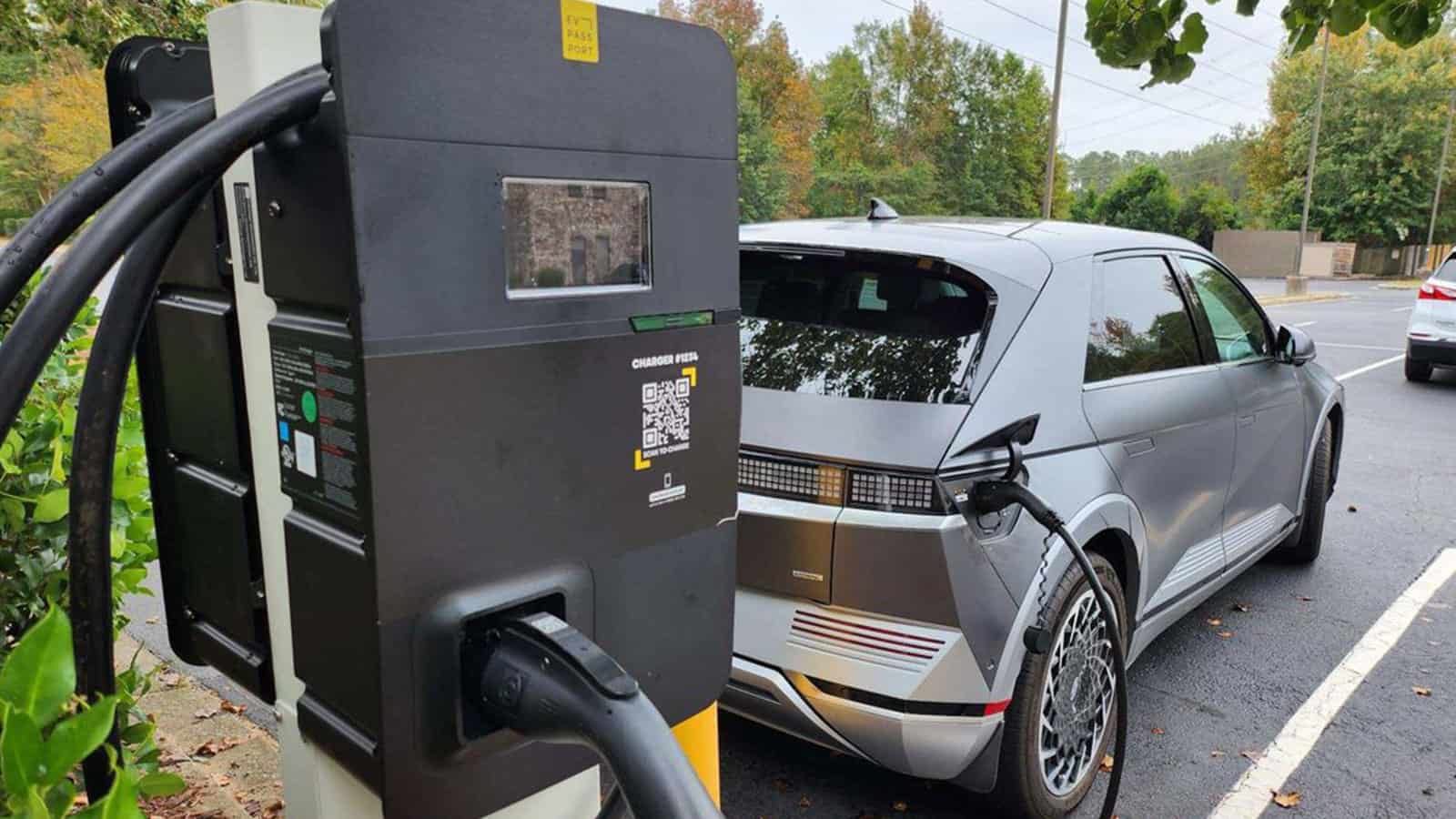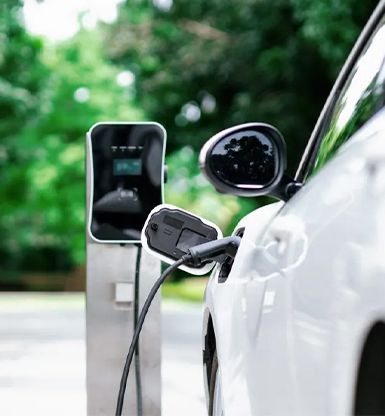Latest Trends and Insights You Need to Know Before You Buy EV Charging news
Latest Trends and Insights You Need to Know Before You Buy EV Charging news
Blog Article
New Developments in EV Charging: Exactly How the Industry Is Advancing to Meet Demand
As the electric lorry (EV) market proceeds to expand, the billing facilities is going through considerable transformations to address the surging need. The implications of these innovations increase vital questions about the future of EV billing and its role in the wider power ecosystem.
Development of Charging Framework
The fast expansion of electric car (EV) billing infrastructure is an essential component in helping with the prevalent adoption of electric movement. As governments, exclusive companies, and consumers increasingly acknowledge the relevance of reducing carbon emissions, investments in charging networks have risen. This infrastructure growth is necessary to alleviate range anxiety, making sure that EV customers have hassle-free access to charging stations.
Significant innovations accountable terminal modern technology and implementation strategies have emerged. Urban areas are seeing a proliferation of public charging terminals, while country regions are slowly being incorporated into the charging network. Partnerships in between vehicle producers and charging service providers are becoming more usual, promoting the facility of extensive networks that enhance customer experience and access.
Additionally, the combination of renewable resource sources right into charging terminals is acquiring momentum, advertising sustainability in the EV environment. This shift not only sustains environmental objectives yet likewise straightens with the climbing demand for green energy options amongst consumers.
Ultra-Fast Charging Technologies
Ultra-fast billing innovations stand for a considerable jump ahead in the EV billing landscape, allowing electric automobiles to recharge in a portion of the time contrasted to traditional billing methods. These developments usually supply power levels going beyond 150 kW, with some systems rising to 350 kW or even more, substantially minimizing charging times to as little as 15-30 mins for a substantial fee.
Trick allowing technologies include innovations in battery chemistry, power electronics, and thermal monitoring systems. For instance, high-capacity batteries with enhanced thermal security enable faster billing without overheating. Additionally, growths accountable facilities, such as liquid-cooled cables and modular charging stations, assist in reliable power transfer, improving the total user experience
Significant automobile suppliers and innovation companies are actively purchasing ultra-fast charging networks, acknowledging the crucial function they play in getting over array anxiousness and accelerating the adoption of electric vehicles. As these innovations come to be extra extensively readily available, the EV market is anticipated to witness significant growth, making electrical flexibility an extra attractive alternative for customers. On the whole, ultra-fast charging technologies are critical in shaping the future of lasting transportation, leading the way for an extra substantial and effective charging ecosystem.
Smart Grid Integration

Via need response techniques, clever grid systems can readjust billing routines based upon grid problems and power rates. Throughout periods of high demand, charging can be delayed to off-peak hours, resulting in reduced prices for customers and reduced pressure on the grid. In addition, vehicle-to-grid (V2G) innovations allow EVs to release power back into the grid, enhancing and giving ancillary solutions grid security.
Integration with renewable resource resources better boosts the sustainability of EV billing. By lining up charging tasks with periods of high solar or wind generation, smart grids advertise a greener charging infrastructure. Ultimately, clever grid combination not only supports the expanding demand for EVs yet likewise adds to a more sustainable and resilient power future, positioning the market for lasting success.
Battery Innovations
In the middle of the rapid development of electrical automobiles (EVs), battery innovations stand at the center, driving improvements in sustainability, effectiveness, and performance. As the demand for EVs rises, scientists and producers are concentrating on try here enhancing battery modern technologies to deal with obstacles such as array anxiousness and charging times.
Lithium-ion batteries continue to be the most commonly used technology, yet new products and chemistries are emerging to improve energy density and longevity. Solid-state batteries, as an example, guarantee better power storage space capability and boosted security by changing liquid electrolytes with strong ones. This shift might dramatically reduce the threat of fire and enhance the life expectancy of batteries.
Moreover, improvements in battery reusing processes are essential for sustainability. Business are developing methods to recuperate useful materials like lithium, cobalt, and nickel from used batteries, advertising a round economic situation and lowering ecological effect.

Global Billing Criteria

Initiatives are underway to establish international billing standards that help with compatibility among various EV versions and charging stations. Organizations such as the International Electrotechnical Commission (IEC) and the Culture of Automotive Engineers (SAE) are working collaboratively with automobile producers and power suppliers to create extensive guidelines. EV Charging news. These requirements goal to improve the billing procedure, lower the demand for several adapters, and boost user experience
Moreover, standardization can considerably reinforce the expansion of the charging network, as it encourages investment by making infrastructure advancement a lot more effective and predictable. As the EV market grows, a unified approach to billing criteria will certainly be vital for making certain that customers can bill their lorries easily and accurately, consequently sustaining the broader shift to sustainable transportation.
Conclusion
The electrical lorry billing industry is going through Check This Out significant makeover to address the rising need for lasting transport. Advancements accountable infrastructure, ultra-fast modern technologies, wise grid combination, and innovative battery remedies are essential in enhancing user experience and operational efficiency. In addition, the quest of global billing requirements is crucial for making certain interoperability throughout various regions get redirected here and systems. Collectively, these advancements place the market to sustain a broader fostering of electric automobiles, ultimately adding to a more lasting future.
Urban locations are seeing a spreading of public charging stations, while rural areas are progressively being incorporated into the charging network. Furthermore, advancements in billing framework, such as liquid-cooled cables and modular charging terminals, promote reliable power transfer, enhancing the overall individual experience.
On the whole, ultra-fast charging innovations are essential in shaping the future of sustainable transport, leading the means for an extra extensive and efficient charging community. - EV Charging news
By lining up charging activities with periods of high solar or wind generation, wise grids promote a greener charging facilities.Efforts are underway to establish global charging standards that facilitate compatibility amongst numerous EV versions and billing stations.
Report this page